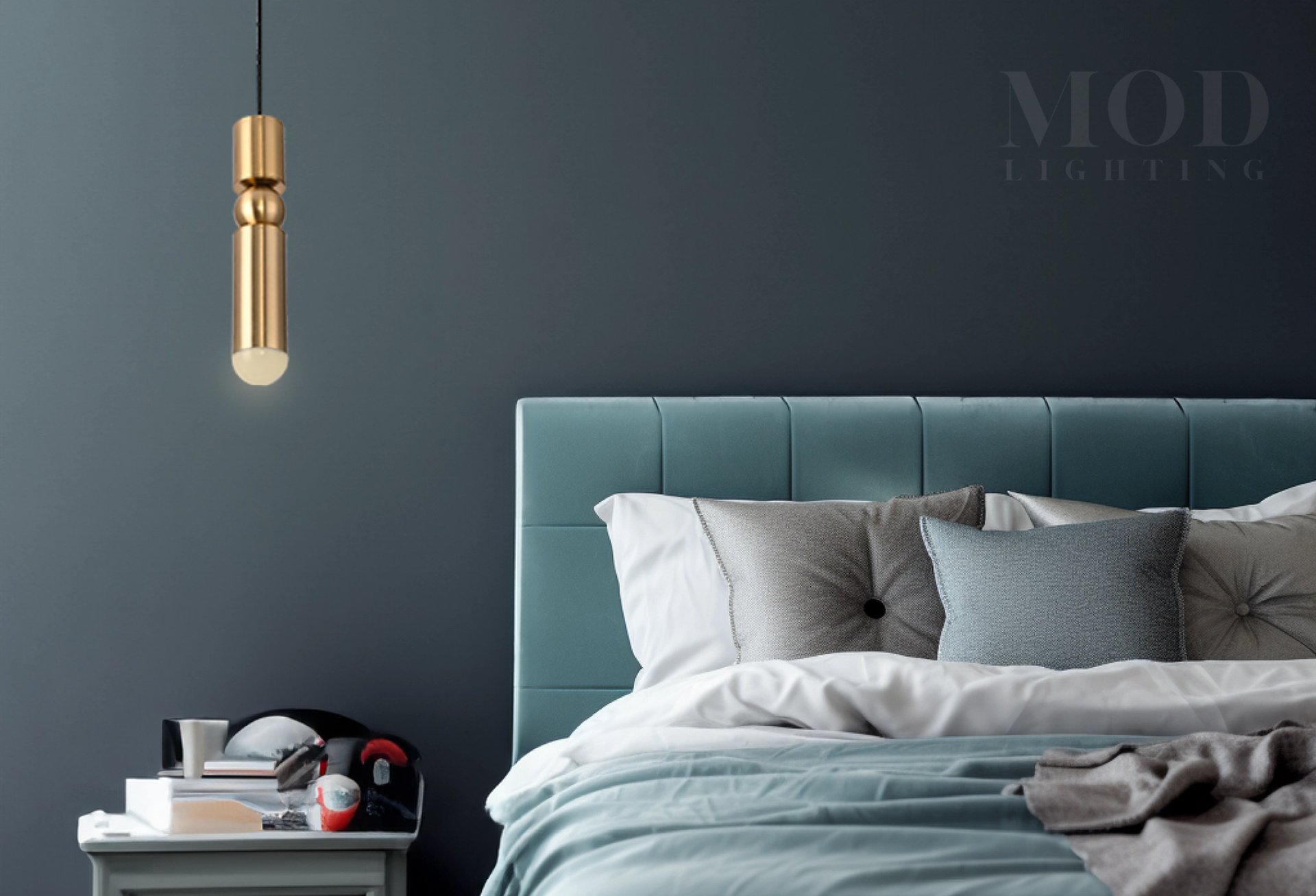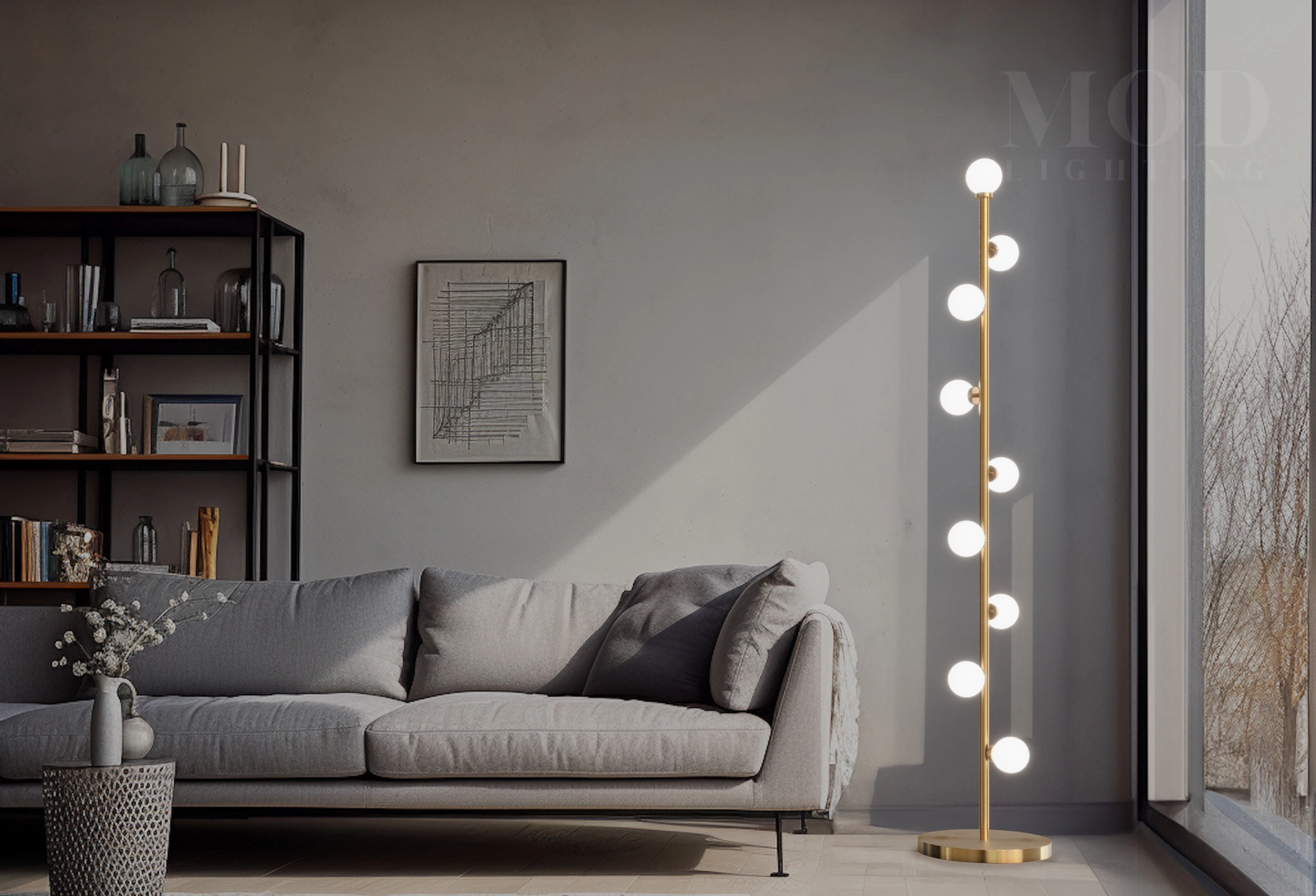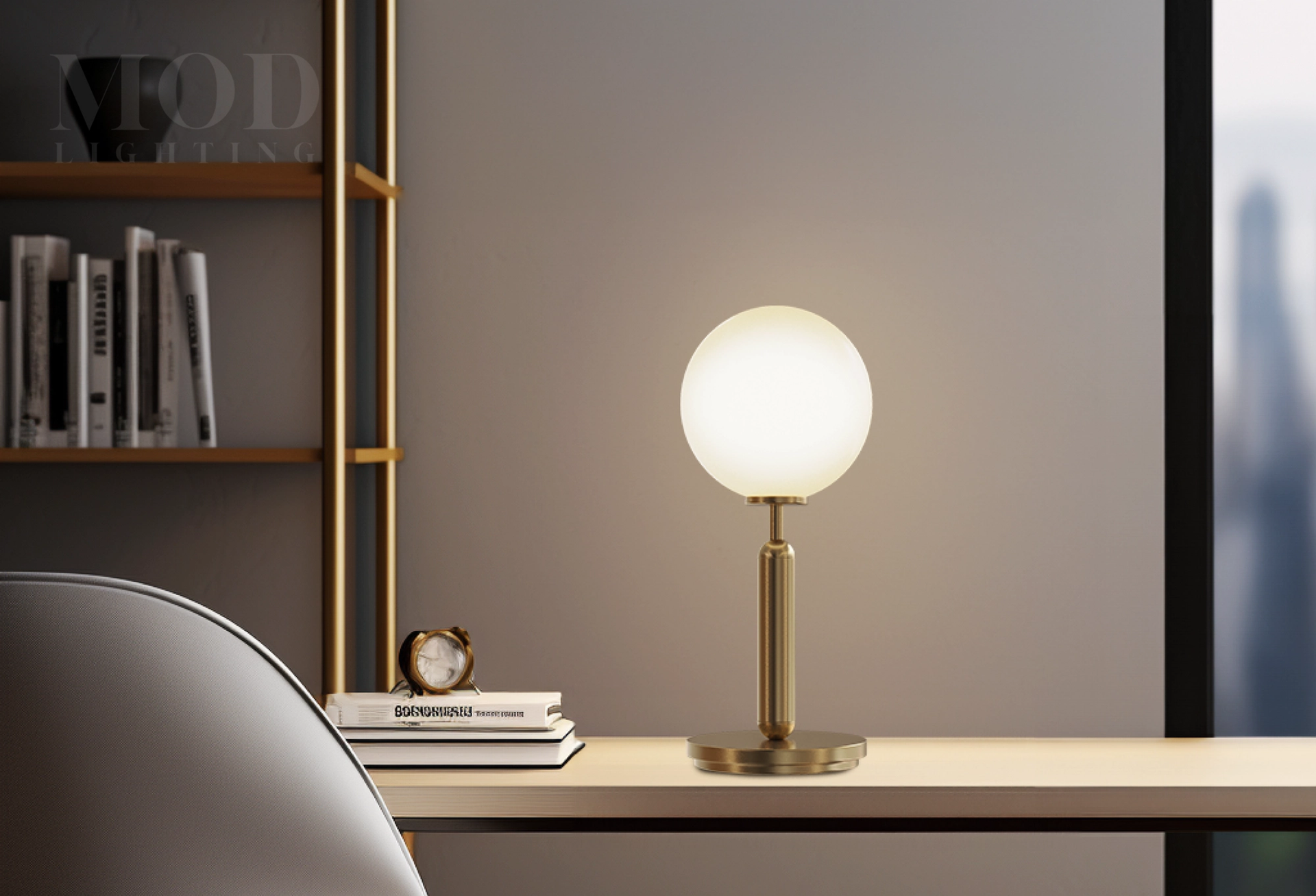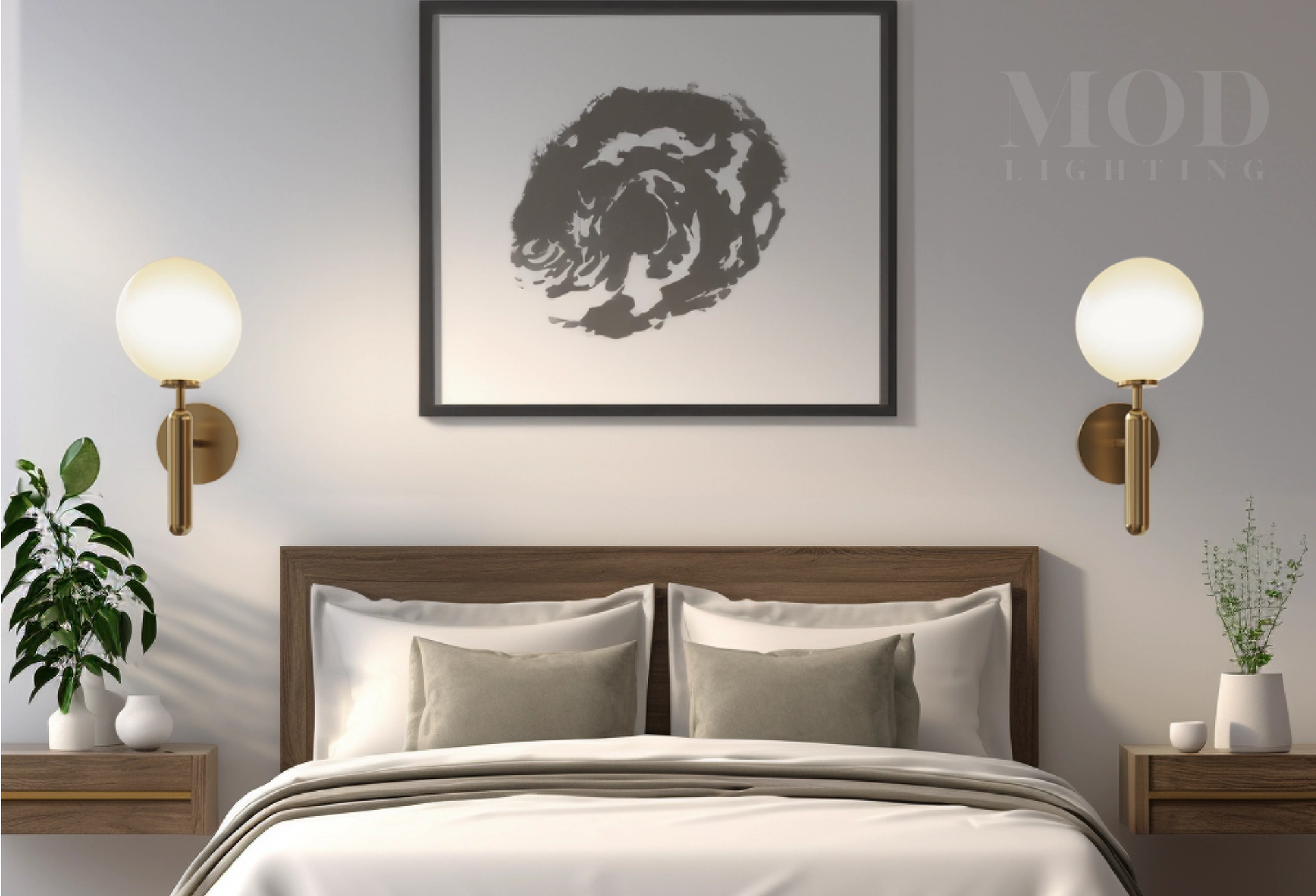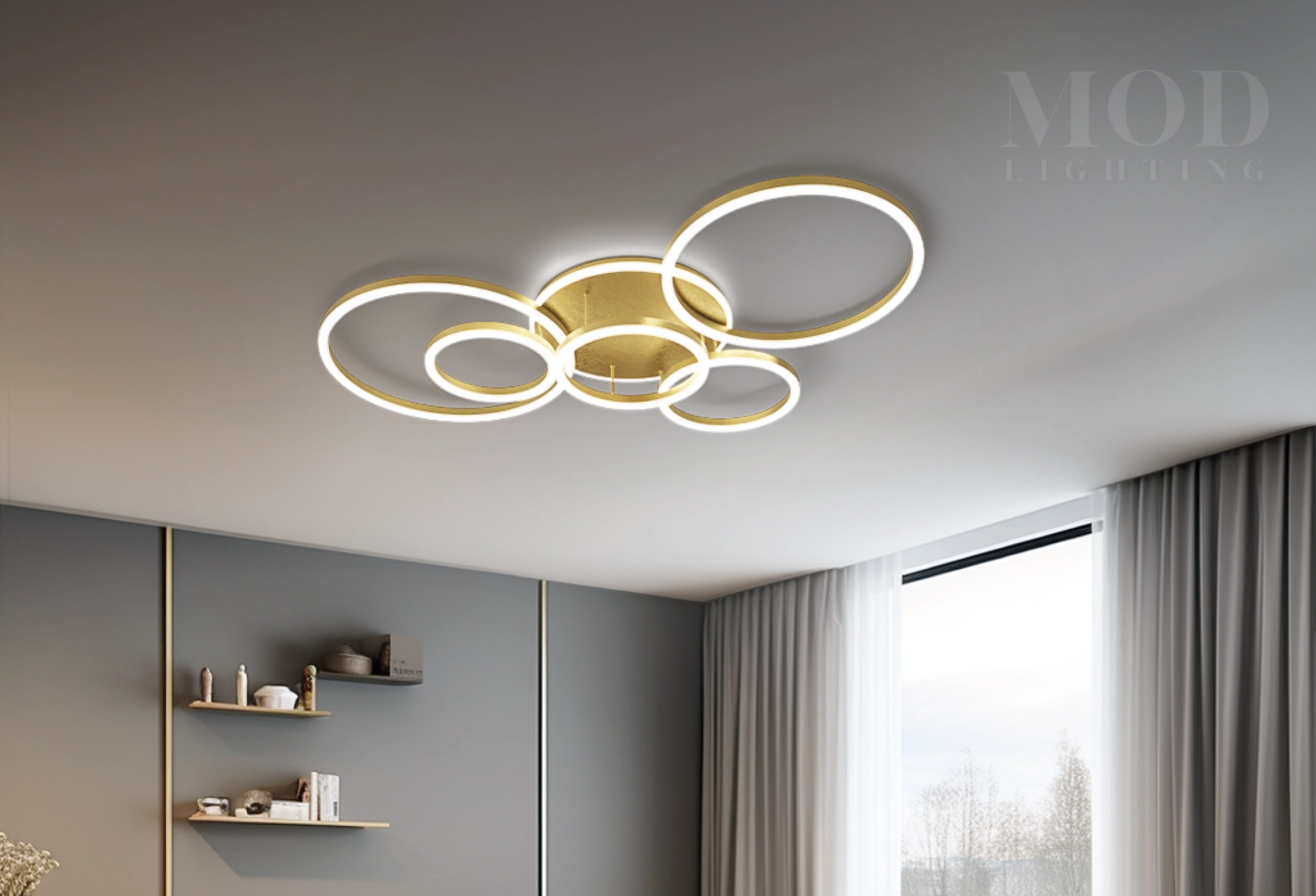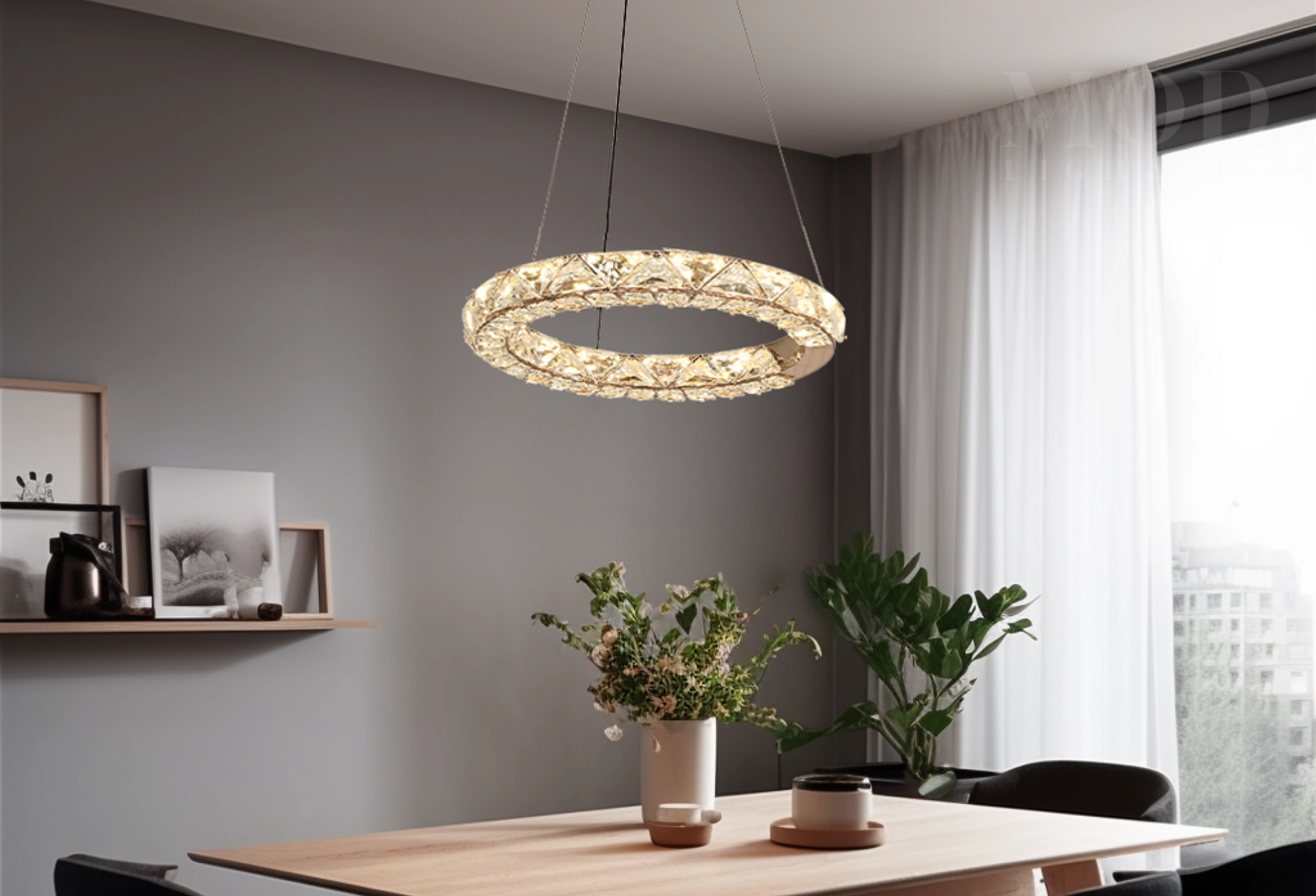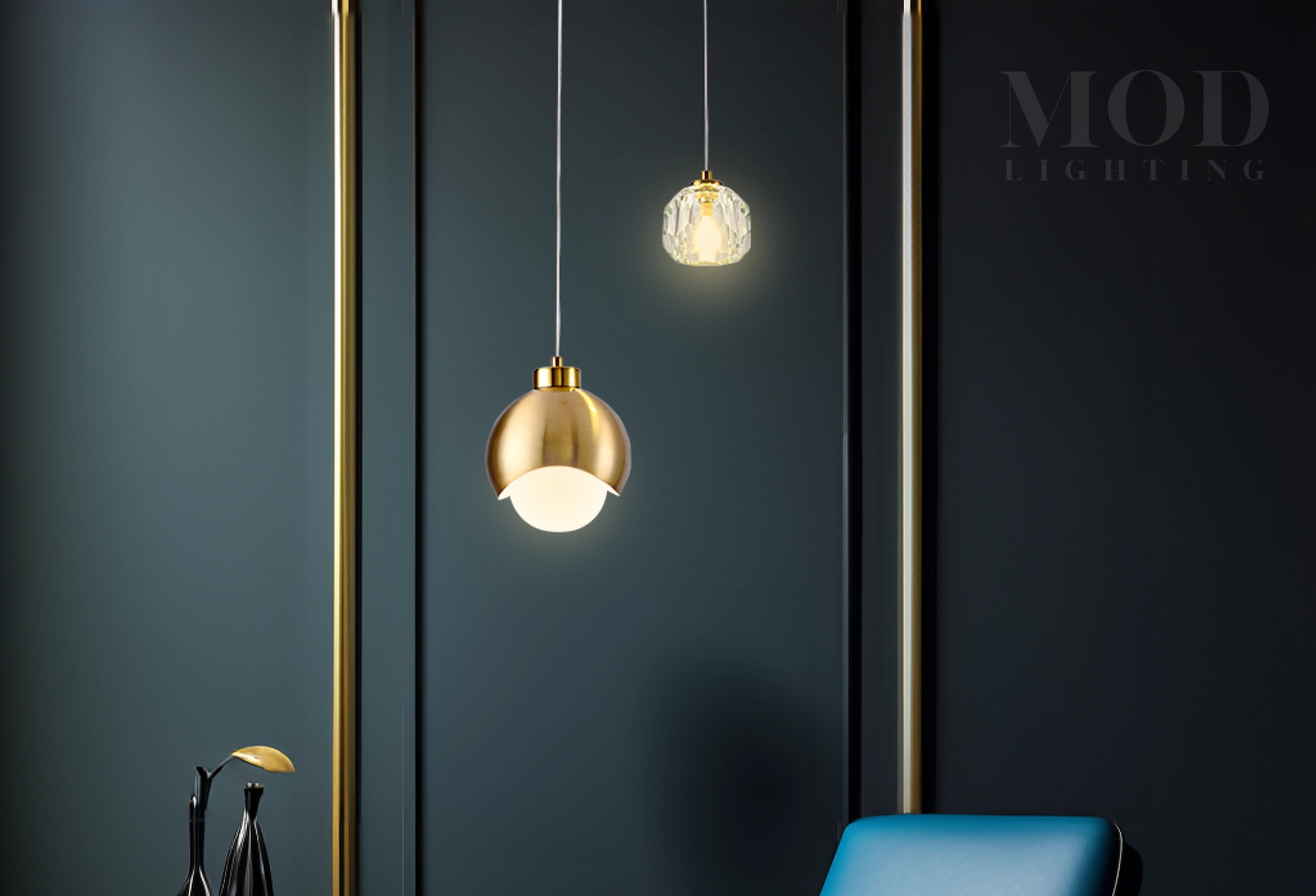
How to Select the Best Reading Lamp for Your Home?
For instance, if you're exposed to too much artificial light at night, research suggests you could face sleeping problems, depression, obesity, and a range of other health problems. On the contrary, if you don't have sufficient lighting, you may not be able to read at all either.
So what’s the best lighting to help you read, yet not neglect your health completely? Find out below, to know the answer to this and many more reading light tips.
Are LED lights good for reading?
Compared to conventional lights, you'll want to go for LEDs when looking for any reading light or book light. LED lamps make the best reading lights because out of the different types of lighting, they are the most energy-efficient.
LEDs are known for their long lifespan and for producing light over short distances in a specific direction. Which is perfect for focus reading periods.
On the contrary, other light sources dissipate heat and light in various directions, which can quickly cause you to lose focus of your book page at night. LEDs are also more durable and shockproof than glass bulbs. When looking for book lights, choose LEDs for their brightness levels and directional lighting.
How much light is needed for reading?
Before exploring the topic of finding the right reading light, let’s begin with the basics. On average, when talking about reading lights you’ll need to know about the recommended levels first. Lighting brightness is measured in lumens, the higher the lumens the brighter the lighting.
The truth is, there’s no set recommendation for lumens for lighting as it depends on personal preferences, your age, and the fixture you’re using. Here are some of our suggestions you can use as a baseline:
Bedside table lamps
Bedside table lamps should have between 450-900 lumens, which is enough to provide a subtle glow to support a night owl nature, without causing discomfort to your eyes.
Pro Tip: Not quite a bedside table lamp, but with a similar function is the Jetta fixture. This modern pendant lamp can be hung on one side or both sides of your bed, providing subtle illumination for reading.
Floor lamps
If you have a specific reading area in your home, look for a floor lamp with 1000-2000 lumens output. This allows ample light to shine down onto your book when seated, creating the ideal reading experience.
Pro Tip: Add Pearl to a cozy corner of your house. Pearl doubles up as a decorative and functional floor lamp. With a slender gold stem and stunning frosted glass bulbs, it can upgrade the elegance of a living room.
Desk lamps
Desk lamps can help provide concentrated illumination to reading, studying, or undergoing detailed tasks. Depending on the size of your desk and the type of reading you're undertaking, you should aim to have a lumen output between 1000-2000 from the LED bulb or bulbs.
Pro Tip: The Angelica Table Lamp is a fantastic fixture that can provide subtle illumination for reading, working, or studying while sitting on a desk. With a stunning copper finish, this lamp pairs well with a wooden, laminate, or metal surface. Compatible with a dimmer switch, you can slowly turn the intensity of this light down while working in the evening.
Wall sconces
If you read in your living room or bedroom, you might want to look for a wall sconce with 400-800 lumens. Within this range, a wall sconce can provide focused lighting without overpowering the entire space.
Pro Tip: If you don’t have a bedside table, the Angelica sconce can provide effects similar to those of a bedside lamp. A surface-mount LED light, this fixture can add a sense of sophisticated radiation to your bedroom reading.
Task lights
With task lighting, you can focus directly on a book, magazine, or newspaper without losing focus. To benefit from their targeted focus saving glare or shadows, you should aim to look for task lighting between 500-1000 lumens.
Pro Tip: Harris is one task light that can double up as a decorative piece while you read. Install it behind a sofa and let it subtly glow over your book.
Ceiling light
Ceiling lights offer a convenient solution if you're seeking wider room coverage. They create a well-lit area, perfect for daytime reading or other tasks, without occupying additional space.
Pro Tip: Chloe is a ceiling light that can evenly spread downlight illumination across a kitchen, dining room, or living room. It's the best light if you're looking for both a reading light and room illumination. With metallic gold or black ash geometric shapes coming with 2-6 circles, Chloe can allow you to stay focused while being in a well-lit room.
Jana, a modern chandelier with a halo-like design, can distribute a balanced illumination when reading at a dining table. Embellished with crystals and a stunning rose gold finish, this chandelier also creates a classy ambiance.
Pendants
If you're just planning on reading, ambient lighting emitted from a pendant can provide warm and focused illumination. It's a great alternative to a dedicated book light or neck light.
For a single pendant that is installed above a table or reading chair, look for a lumen output between 700-1300 lumens, this will be sufficient without causing a lot of eye strain. However, if you’re using multiple pendant lights to provide a wider illumination for a larger reading area, you’ll need a higher lumen output to adjust the brightness.
For this reason, it’s best to look for pendants with adjustable lighting options that come with a dimmer allowing you to control the intensity of the brightness to your liking.
Pro Tip: Pendant lights like Diana can provide a statement touch to your living room, bedroom, or dining room while reading. With dimmable warm white lighting, read and relax for hours on end while perched in your favourite chair.
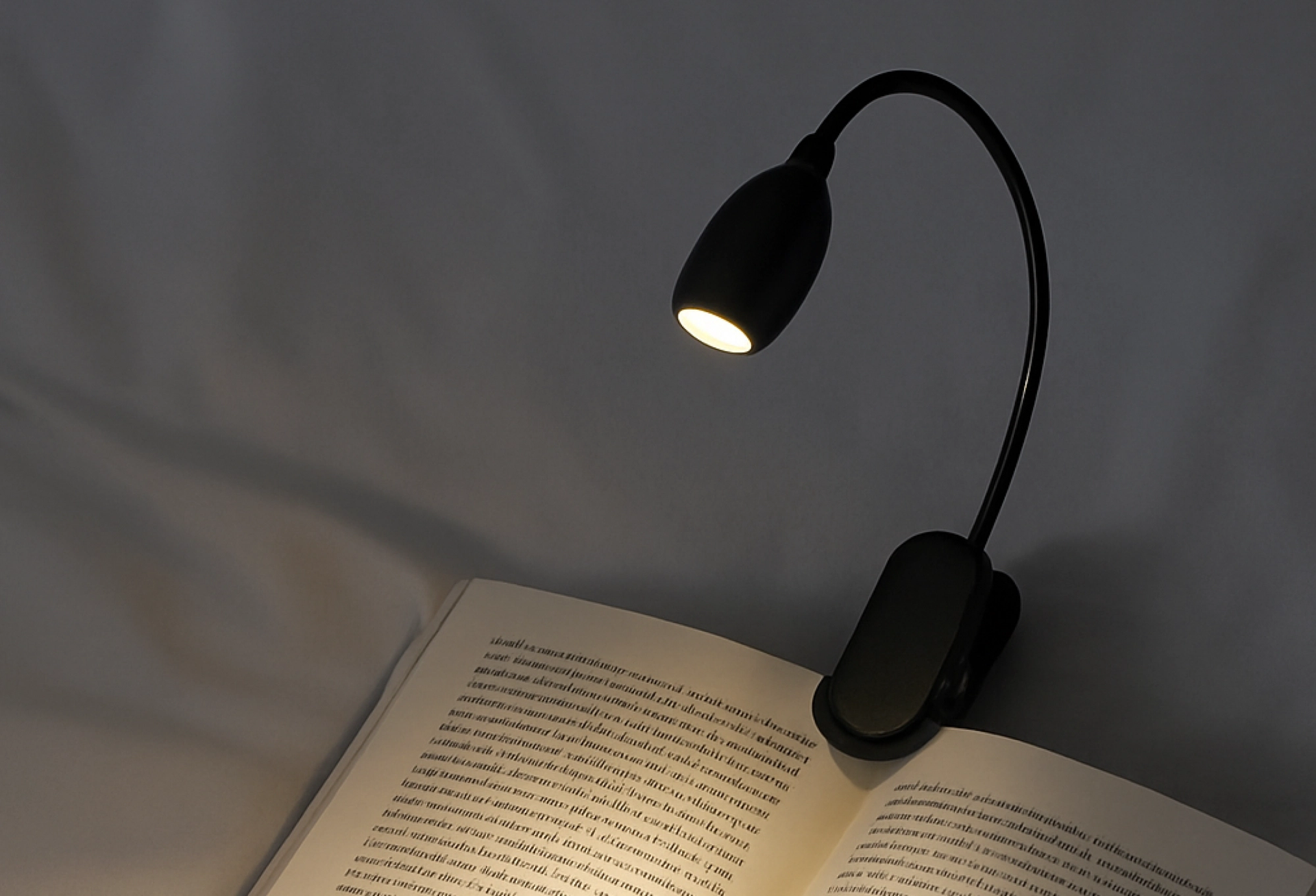
Clip-on reading lights
Look for a lower-lumen output if you're seeking a clip-on light to attach to a book. Lights with lumens ranging from 150-300 will give enough illumination to read, without disturbing anyone else who would prefer to fall asleep.
What is the best lighting color for reading?
When choosing lighting for reading, it's crucial to understand the concept of correlated color temperature (CCT). This term refers to how warm or cool the light color appears, and it's measured in kelvins. Lights with higher kelvins, typically between 4000-6500 k, are considered cool light, while those on the lower end of the scale, around 1500k-26000, are classified as warm light.
Once again, there's no definitive rule on which light is superior for reading. However, it's worth noting that cool light, with its focused illumination, is a fantastic choice for intense study or work sessions. This temperature range is a common sight in hospitals, warehouses, and offices, where productivity and concentration are key. Meanwhile, warm light produces a more relaxed glow, which is a perfect option if you undergo extensive reading. Choose the option that will illuminate your reading area in the best way for your needs.
So which is the best type of reading light?
Overall, there’s no specific light which is best to read, it completely depends on your preferences, lifestyle, layout of the room, and the type of reading environment you like. If you’re looking for a direct focused light source then directional lighting might be more appropriate like pendant light or task light.
Whereas if you want a more general form of illumination then a ceiling light would be better. Combining multiple light sources such as ceiling lights, wall sconces, and floor or bedside lamps can provide both general illumination and areas for focused reading.
If you’re looking for a reading light but are not sure what type would be best for your space, speak to our specialists. They’ll helpfully provide suggestions to align with your aesthetic, ambiance, and reading goals - contact us today to know more.



